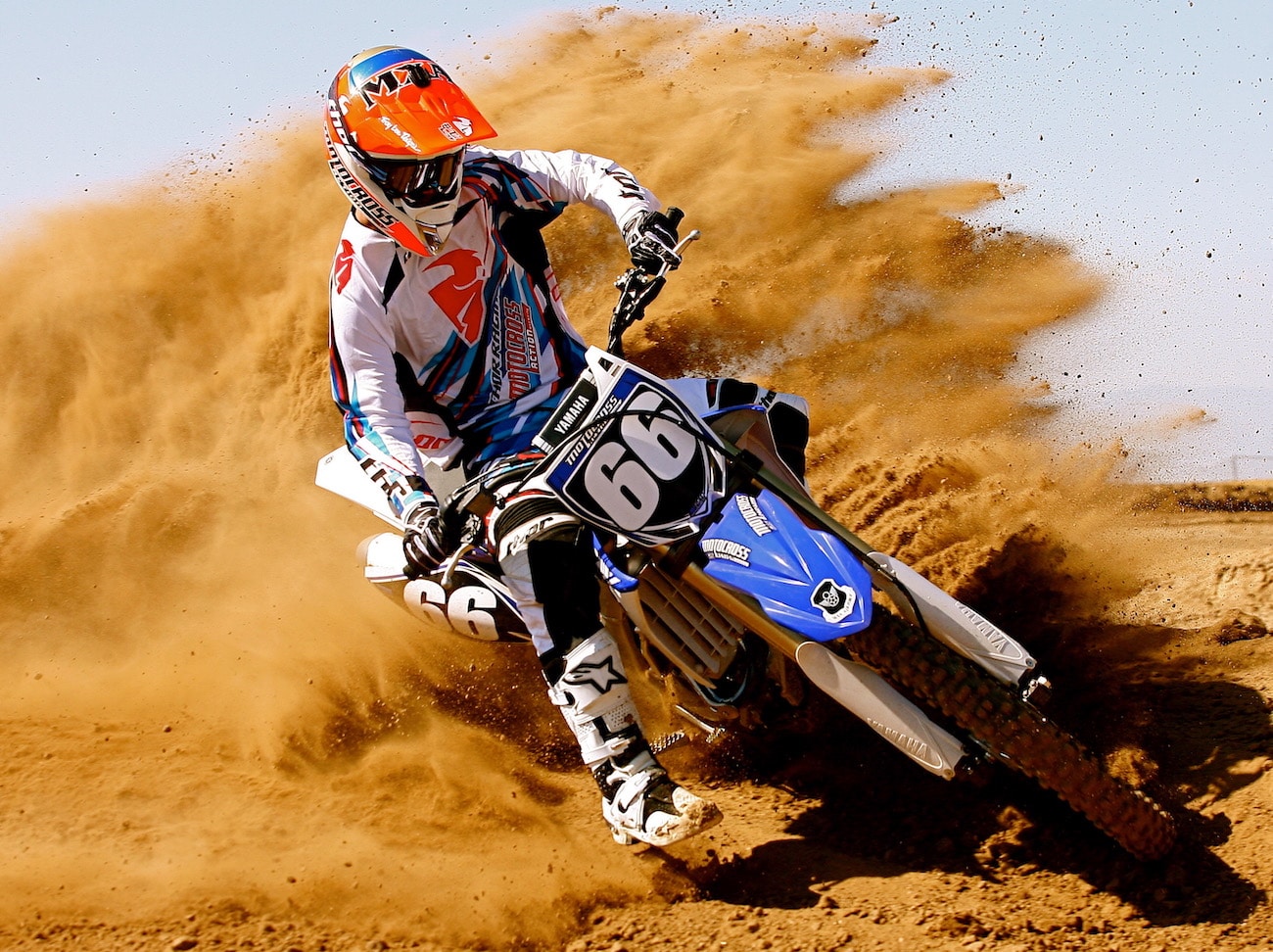ASK THE MXPERTS: SAYING NAY TO EFI & HELLO OLD SCHOOL TECH
Dear MXA,
I’m tired of having fuel-injection/fuel-pump issues on my new-generation MX bikes. For this reason, I’m considering building a 2013 Yamaha YZ250F. I had a 2011 and remember it being really soft, but I loved the chassis and suspension. What would it take to build a decent vet-racer from a 2013 YZ250F? Are there any shops that still have engine packages available for the old five-valve engine? It appears a bigger bore and head work are the route to go, but I figure you guys have probably explored the various configurations and have all the pertinent data that will be of value to me. Thank you in advance!
 The last of the carbureted Yamaha YZ250Fs, the seven-year-old bike gives up a little to the new models, but is still a good all-around bike.
The last of the carbureted Yamaha YZ250Fs, the seven-year-old bike gives up a little to the new models, but is still a good all-around bike.
We love an iconoclast who fights against the machine—if that machine has fuel injection. If you go the 2013 YZ250F route you should go bigger, assuming the crank and bearings are in good shape. Making horsepower with a bigger bore has no major effects on reliability (unless you go too big). Running the standard compression means that you can use 91-octane pump gas. A bore increase equal in thickness to a dime turns a 250F into a 269. The power increase from those 19cc costs less and is easier to come by than adding valves, porting, a pipe and carburetor mods all combined. Plus, big-bore kits are the cheapest way to make more power. For $650, you can buy a Cylinder Works’ 269cc kit. It comes with a forged Vertex piston, Cometic gasket set and either a cast Cylinder Works cylinder or a boredout stock cylinder that is re-plated by Millennium Tech. If you choose to bore out and re-plate your stock YZ250F cylinder, plan on a seven-day turnaround at Millennium.
The extra 19cc will give you at least 2 horsepower on the front of the powerband and 3 horsepower at peak. It beefs up the low-to-mid transition but costs some over-rev on top. The MXA test riders who loved the big-bore YZ270F engine the most were the Vets, Novices and play racers. The Vets liked the extra torque on the start. The Novices liked the power-now feel of an engine that didn’t require you to wring it out, and the play racers only cared about extra oomph to get over jumps.
The stock jetting will work with a big-bore cylinder, but in most cases you will have to jet it down. That may seem counter-intuitive, but a larger engine draws more air, which in turn drops more pressure, sucks harder and pulls more gas out of the float bowl thanks to Bernoulli’s principle. Often you will need to drop the needle one clip and go one size leaner on the pilot. The 2013 Yamaha YZ250F was the last Yamaha YZ250F with a carburetor, but even bikes with fuel injection often require ECU mapping.





Comments are closed.